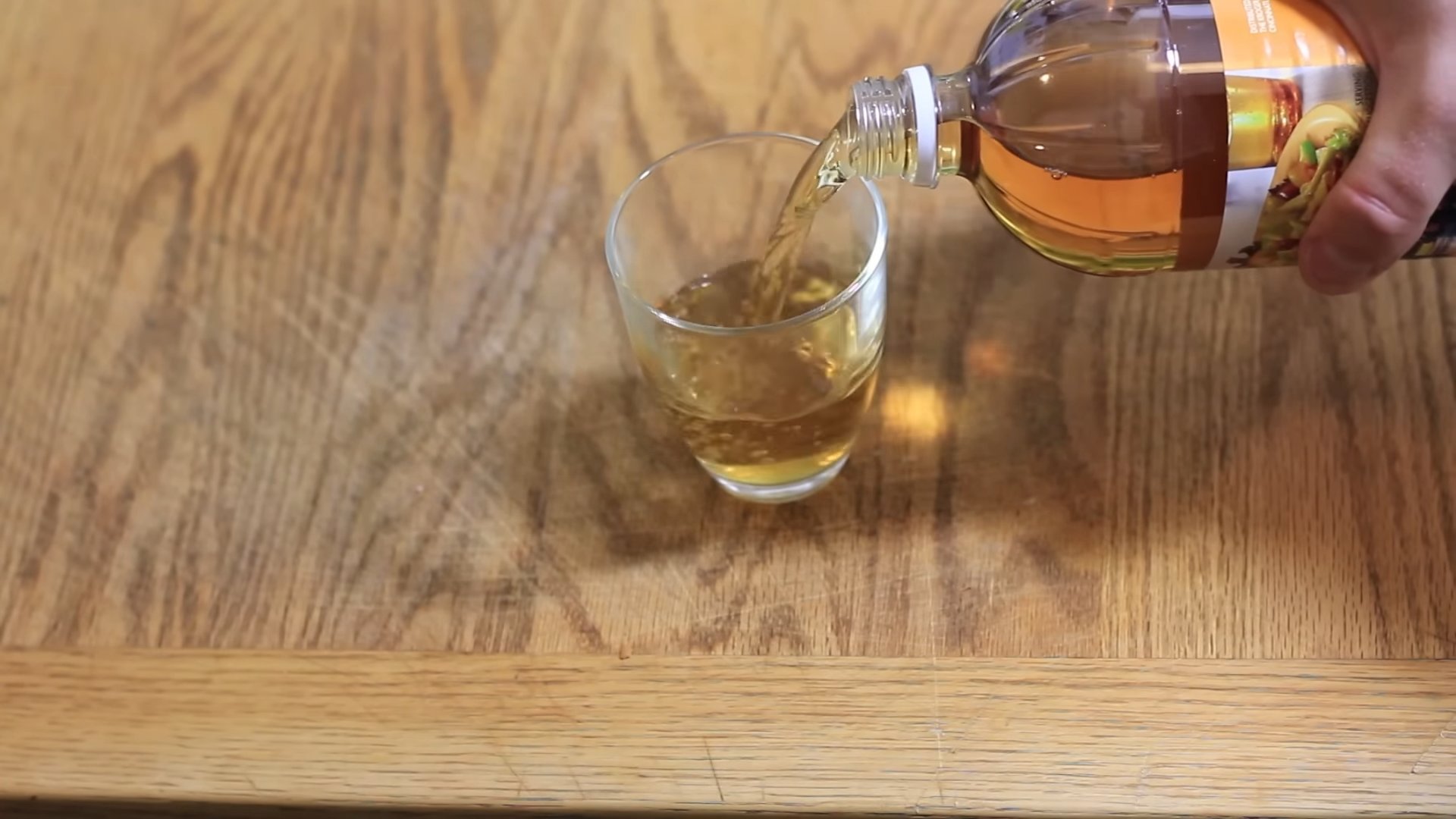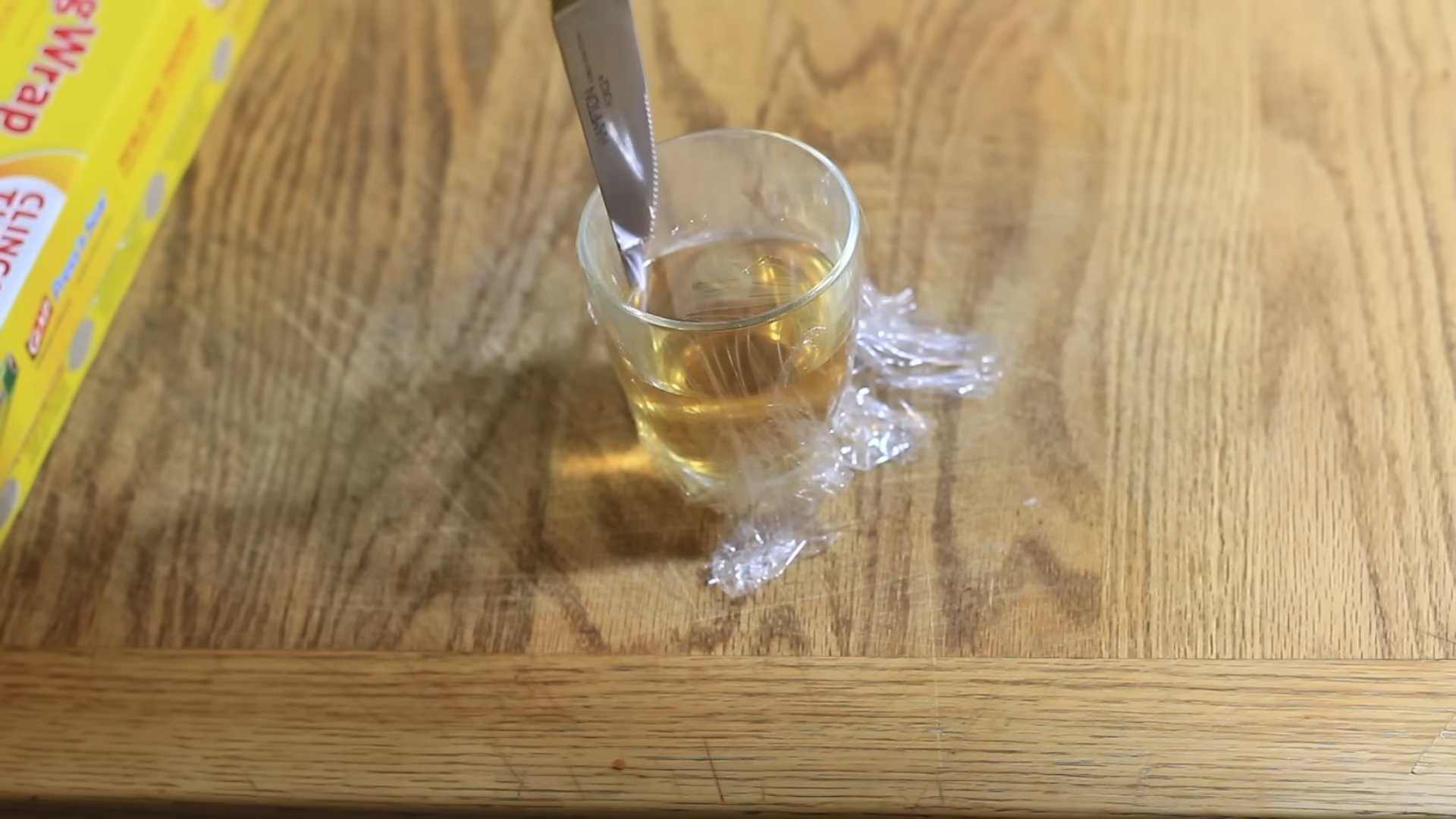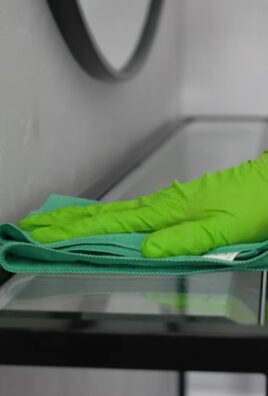White vinegar cleaning solutions: they’re not just for salads anymore! Have you ever felt overwhelmed by the sheer number of cleaning products lining the supermarket shelves, each promising sparkling results but often packed with harsh chemicals? I know I have! It’s exhausting, expensive, and frankly, a little scary wondering what I’m spraying around my home.
For generations, vinegar has been a trusted household staple. Its use as a cleaning agent dates back centuries, with evidence suggesting ancient civilizations utilized its acidic properties for various cleaning and disinfecting purposes. Think of your grandmother’s cleaning rituals – chances are, vinegar played a starring role! This isn’t just some trendy new fad; it’s a return to simpler, more sustainable practices.
That’s why I’m so excited to share these incredible DIY cleaning hacks using white vinegar cleaning solutions. Not only are they incredibly effective at tackling grime, grease, and odors, but they’re also budget-friendly and environmentally conscious. In this article, I’ll walk you through easy-to-follow recipes and tips for creating your own powerful cleaning solutions using just white vinegar and a few other common household ingredients. Get ready to ditch the harsh chemicals and embrace a cleaner, greener, and healthier home!

DIY All-Purpose White Vinegar Cleaning Solutions: Your Guide to a Sparkling Home
Hey there, fellow cleaning enthusiasts! I’m so excited to share my favorite DIY cleaning solutions using the humble, yet mighty, white vinegar. Forget those expensive, chemical-laden cleaners – we’re going green and saving some serious cash with these simple recipes. White vinegar is a fantastic natural cleaner, disinfectant, and deodorizer. Plus, it’s safe for your family and pets! Let’s dive in and get our homes sparkling!
Understanding White Vinegar’s Cleaning Power
Before we get started, let’s quickly understand why white vinegar is such a cleaning superstar. It’s a mild acid, which helps to dissolve grime, soap scum, hard water stains, and even some types of mold. It’s also a natural disinfectant, killing many common household bacteria and viruses. The acidity also helps to deodorize by neutralizing alkaline odors.
Important Note: While white vinegar is generally safe, avoid using it on natural stone surfaces like marble or granite, as it can etch the surface. Also, don’t mix vinegar with bleach, as this creates toxic chlorine gas. Always test your cleaning solution on an inconspicuous area first to ensure it doesn’t damage the surface.
General Guidelines for Mixing and Storing
* Distilled White Vinegar: Always use distilled white vinegar for cleaning. It’s inexpensive and readily available at any grocery store.
* Water: Use distilled or filtered water for the best results, especially if you have hard water.
* Essential Oils (Optional): Essential oils add a pleasant scent and can boost the cleaning power of your solutions. Some of my favorites are lemon, tea tree, lavender, and eucalyptus.
* Spray Bottles: Use clean, empty spray bottles for storing your solutions. Label them clearly to avoid confusion.
* Storage: Store your DIY cleaning solutions in a cool, dark place. Most solutions will last for several months.
All-Purpose Cleaning Spray
This is my go-to cleaner for almost everything! It’s perfect for countertops, sinks, appliances, and even floors (except for natural stone, remember!).
Ingredients:
* 1 cup distilled white vinegar
* 1 cup water
* 10-20 drops of your favorite essential oil (optional)
Instructions:
1. Combine Ingredients: In a clean spray bottle, combine the white vinegar and water.
2. Add Essential Oils (Optional): If you’re using essential oils, add them to the mixture.
3. Shake Well: Secure the spray bottle lid and shake well to combine all the ingredients.
4. Use: Spray the solution onto the surface you want to clean. Let it sit for a few minutes to allow the vinegar to work its magic.
5. Wipe Clean: Wipe the surface clean with a damp cloth or sponge. For stubborn grime, you may need to scrub a little.
6. Dry: Dry the surface with a clean cloth.
Glass and Window Cleaner
Say goodbye to streaks with this simple vinegar-based glass cleaner!
Ingredients:
* 1/4 cup distilled white vinegar
* 2 cups water
* 1/2 teaspoon liquid dish soap (optional, but helps cut through grease)
Instructions:
1. Combine Ingredients: In a clean spray bottle, combine the white vinegar, water, and dish soap (if using).
2. Shake Gently: Gently shake the bottle to mix the ingredients. Avoid creating too many bubbles if you’re using dish soap.
3. Spray: Spray the solution onto your windows or mirrors.
4. Wipe: Wipe the surface clean with a microfiber cloth or newspaper. Newspaper is surprisingly effective at preventing streaks!
5. Dry: If necessary, dry the surface with a clean, dry microfiber cloth.
Bathroom Cleaner
This solution is great for tackling soap scum, mildew, and hard water stains in your bathroom.
Ingredients:
* 1 cup distilled white vinegar
* 1 cup water
* 1/4 cup baking soda
* 10 drops tea tree essential oil (optional, for extra disinfecting power)
Instructions:
1. Combine Vinegar and Water: In a spray bottle, combine the white vinegar and water.
2. Add Baking Soda: Slowly add the baking soda to the mixture. Be careful, as it will fizz! Add it gradually to prevent overflow.
3. Add Essential Oil (Optional): If using, add the tea tree essential oil.
4. Shake Gently: Gently shake the bottle to mix the ingredients.
5. Spray: Spray the solution onto your shower walls, tub, sink, and toilet.
6. Let it Sit: Let the solution sit for 15-20 minutes to allow the vinegar and baking soda to break down the grime.
7. Scrub: Scrub the surfaces with a sponge or brush. For stubborn stains, you may need to scrub a little harder.
8. Rinse: Rinse the surfaces thoroughly with water.
9. Dry: Dry the surfaces with a clean cloth.
Drain Cleaner
Unclog your drains naturally with this simple vinegar and baking soda solution.
Ingredients:
* 1 cup baking soda
* 2 cups distilled white vinegar
* Boiling water
Instructions:
1. Pour Baking Soda: Pour the baking soda down the drain.
2. Pour Vinegar: Pour the white vinegar down the drain after the baking soda.
3. Let it Fizz: Let the mixture fizz for 30 minutes. This chemical reaction helps to loosen clogs.
4. Flush with Boiling Water: After 30 minutes, carefully pour boiling water down the drain to flush away the clog.
5. Repeat if Necessary: If the drain is still clogged, repeat the process.
Microwave Cleaner
Cleaning your microwave has never been easier!
Ingredients:
* 1/2 cup distilled white vinegar
* 1/2 cup water
Instructions:
1. Combine Ingredients: In a microwave-safe bowl, combine the white vinegar and water.
2. Microwave: Microwave the mixture on high for 5-10 minutes, or until the solution boils and the microwave is filled with steam.
3. Let it Sit: Let the bowl sit in the microwave for another 5-10 minutes. The steam will loosen any stuck-on food particles.
4. Wipe Clean: Carefully remove the bowl from the microwave (it will be hot!). Wipe down the inside of the microwave with a damp cloth or sponge. The grime should come off easily.
Coffee Maker Cleaner
Keep your coffee maker running smoothly with this simple vinegar cleaning method.
Ingredients:
* Distilled white vinegar
* Water
Instructions:
1. Fill Reservoir: Fill the coffee maker’s water reservoir with a mixture of equal parts white vinegar and water.
2. Brew: Brew the mixture as you would normally brew coffee.
3. Repeat: Repeat the brewing process with the vinegar and water mixture one or two more times.
4. Rinse: Fill the reservoir with fresh water and brew several cycles to rinse away any remaining vinegar.
Laundry Booster and Fabric Softener
Vinegar can also be used in your laundry to boost cleaning power and soften fabrics.
Instructions:
1. Laundry Booster: Add 1/2 cup of white vinegar to your washing machine along with your regular detergent. The vinegar will help to brighten colors and remove odors.
2. Fabric Softener: Add 1/4 cup of white vinegar to the fabric softener dispenser. The vinegar will soften your clothes and reduce static cling. Don’t worry, your clothes won’t smell like vinegar after they’re dry!
Cutting Board Sanitizer
Keep your cutting boards clean and sanitized with vinegar.
Instructions:
1. Spray: Spray the cutting board with undiluted white vinegar.
2. Let it Sit: Let the vinegar sit on the cutting board for a few minutes.
3. Wipe Clean: Wipe the cutting board clean with a damp cloth or sponge.
Odor Eliminator
Vinegar is a great natural odor eliminator.
Instructions:
1. Place a Bowl of Vinegar: Place a bowl of white vinegar in the room where you want to eliminate odors. The vinegar will absorb the odors over time.
2. Simmer Vinegar on the Stove: For a quick odor fix, simmer a pot of white vinegar on the stove for 30 minutes. This will help to neutralize odors in the air.
Stubborn Stain Remover
Vinegar can be used to remove a variety of stubborn stains.
Instructions:
1. Apply Vinegar: Apply undiluted white vinegar directly to the stain.
2

Conclusion
So, there you have it! Transforming ordinary white vinegar into a powerhouse cleaning solution is not just a cost-effective alternative to store-bought products; it’s a step towards a healthier home and a more sustainable lifestyle. We’ve explored how this simple ingredient can tackle a multitude of cleaning tasks, from degreasing your kitchen to deodorizing your laundry. The versatility of a white vinegar cleaning solution is truly remarkable, and the peace of mind knowing you’re using a non-toxic cleaner around your family and pets is priceless.
But the beauty of this DIY approach lies in its adaptability. Feel free to experiment with different essential oil combinations to create your signature scent. Lavender and lemon offer a calming and refreshing aroma for general cleaning, while tea tree oil adds an extra layer of antibacterial power for bathroom surfaces. For tougher stains, consider increasing the concentration of vinegar or adding a pinch of baking soda for a fizzing boost. Remember to always test your solution on an inconspicuous area first, especially when dealing with delicate surfaces.
Beyond the basic recipes, think about incorporating infused vinegar into your routine. Citrus peels, herbs like rosemary or thyme, or even chili peppers can add unique cleaning properties and fragrances. Simply steep your chosen ingredients in white vinegar for a few weeks, strain, and use the infused vinegar as a base for your cleaning solutions. This not only enhances the cleaning power but also reduces waste by repurposing kitchen scraps.
The possibilities are endless! We encourage you to embrace the simplicity and effectiveness of a white vinegar cleaning solution and discover its transformative power in your own home. Ditch the harsh chemicals and embrace a natural, budget-friendly approach to cleaning.
Don’t just take our word for it – try it out for yourself! We’re confident that you’ll be amazed by the results. And more importantly, we want to hear about your experience. Share your favorite recipes, tips, and tricks in the comments below. Let’s build a community of eco-conscious cleaners who are passionate about creating healthy and happy homes. What essential oil blends did you find most effective? What unexpected cleaning challenges did you conquer with your homemade solution? Your insights will inspire others to make the switch and experience the benefits of a white vinegar cleaning solution firsthand. Let’s revolutionize the way we clean, one vinegar-powered spray at a time!
Frequently Asked Questions (FAQs)
Is white vinegar safe to use on all surfaces?
While white vinegar is a fantastic all-purpose cleaner, it’s not suitable for every surface. Avoid using it on natural stone surfaces like marble, granite, and limestone, as the acidity can etch and damage them. It’s also best to avoid using it on waxed wood furniture, as it can strip the wax finish. Always test your cleaning solution on an inconspicuous area first to ensure it doesn’t cause any discoloration or damage. For delicate surfaces, dilute the vinegar with more water.
What is the best ratio of vinegar to water for a general cleaning solution?
A good starting point for a general cleaning solution is a 1:1 ratio of white vinegar to water. This concentration is effective for cleaning countertops, sinks, showers, and other common household surfaces. For tougher stains or dirt, you can increase the vinegar concentration to a 2:1 ratio (two parts vinegar to one part water). Remember to adjust the ratio based on the specific cleaning task and the surface you’re cleaning.
Can I mix white vinegar with baking soda?
Yes, you can mix white vinegar with baking soda, but be aware that the reaction creates carbon dioxide gas, which can cause pressure to build up in a closed container. This combination is excellent for unclogging drains or cleaning heavily soiled areas. However, the resulting solution is mostly water and salt, so it’s not as effective as using vinegar or baking soda separately for general cleaning. Use the mixture immediately after combining for the best results. For drain cleaning, pour baking soda down the drain, followed by vinegar, and let it fizz for about 30 minutes before flushing with hot water.
How can I get rid of the vinegar smell after cleaning?
The vinegar smell is temporary and usually dissipates within a few hours. To speed up the process, you can open windows and ventilate the area. Adding essential oils to your cleaning solution can also help mask the vinegar smell and leave a pleasant fragrance behind. Citrus oils like lemon, orange, and grapefruit are particularly effective at neutralizing the vinegar odor. You can also wipe down surfaces with a damp cloth and a few drops of your favorite essential oil after cleaning.
Can I use white vinegar to clean my laundry?
Absolutely! White vinegar is a great natural alternative to fabric softener and can help remove odors and brighten clothes. Add about half a cup of white vinegar to the fabric softener dispenser in your washing machine. It will help soften fabrics, reduce static cling, and remove lingering odors. Vinegar can also be used as a pre-treatment for stains. Simply apply vinegar directly to the stain and let it sit for about 30 minutes before washing.
Is it safe to use white vinegar around pets and children?
Yes, white vinegar is generally considered safe to use around pets and children, as it is a non-toxic and natural cleaning agent. However, it’s always a good idea to keep cleaning solutions out of reach of children and pets to prevent accidental ingestion. While vinegar is safe in diluted form, undiluted vinegar can be irritating to the skin and eyes. If your pet or child accidentally ingests vinegar, it may cause mild stomach upset, but it is unlikely to cause serious harm. If you have any concerns, consult with your veterinarian or pediatrician.
Can I use white vinegar to clean my coffee maker?
Yes, you can use white vinegar to clean your coffee maker and remove mineral buildup. Fill the water reservoir with a solution of equal parts white vinegar and water. Run the coffee maker through a full brewing cycle. Then, run the coffee maker through two or three cycles with fresh water to rinse away any remaining vinegar. This will help keep your coffee maker clean and functioning properly.
How long does a homemade white vinegar cleaning solution last?
A homemade white vinegar cleaning solution can last for several months when stored properly. Keep it in a sealed container in a cool, dark place to prevent evaporation and maintain its effectiveness. If you notice any changes in color or odor, it’s best to discard the solution and make a fresh batch. Solutions with added essential oils may have a slightly shorter shelf life, as the oils can degrade over time.
What are some other uses for white vinegar besides cleaning?
Beyond cleaning, white vinegar has a wide range of other uses. It can be used as a natural weed killer, a hair rinse to remove buildup and add shine, a skin toner to balance pH levels, and a digestive aid to relieve heartburn. It can also be used to pickle vegetables, tenderize meat, and remove hard water stains. The versatility of white vinegar makes it a valuable addition to any household.
Can I use different types of vinegar for cleaning?
While white vinegar is the most commonly recommended type of vinegar for cleaning due to its high acidity and lack of color, other types of vinegar can also be used. Apple cider vinegar, for example, has similar cleaning properties and a milder scent. However, avoid using balsamic vinegar or red wine vinegar, as their color can stain surfaces. Always test any type of vinegar on an inconspicuous area before using it for general cleaning.




Leave a Comment